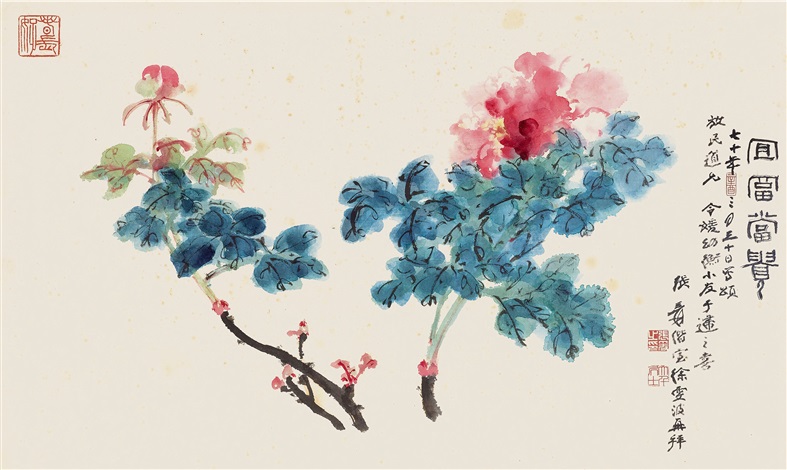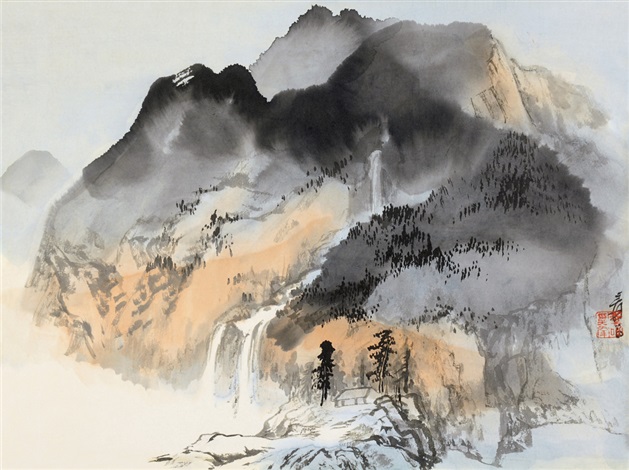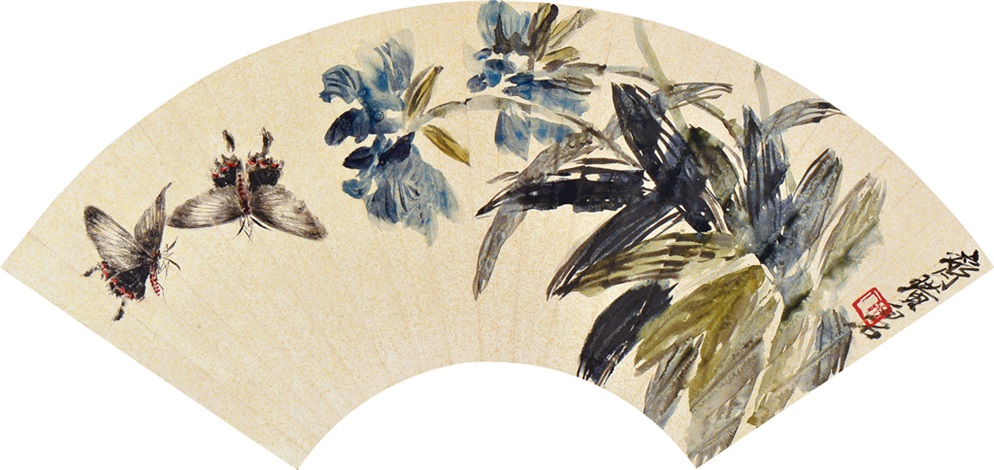Law & Politics
Master Forger Librarian Swaps 143 Artworks With His Own
In an odd twist, his own fakes were then replaced by fakes of lesser quality.

In an odd twist, his own fakes were then replaced by fakes of lesser quality.

Art theft and forgery appears to be a major problem at China’s Guangzhou Academy of Fine Arts, where former chief librarian Xiao Yuan has admitted to replacing 143 artworks with fakes he created himself. He claims that several of his fakes were subsequently replaced with even poorer quality copies.
Appearing at Guangzhou People’s Intermediate Court on Tuesday, Xiao, age 57, pleaded guilty on a corruption charge. His defense for his crime? Everyone else was doing it.
Xiao claimed that he noticed fake artworks beginning his very first day on the job. Apparently, the academy library treated paintings like books, allowing students and staff to check artworks out and remove them from the premises, making it shockingly easy to swap the originals out for forgeries.

Zhang Daqian, 山里人家.
Photo: courtesy artnet.
Beginning in 2004, Xiao began substituting landscape paintings, calligraphy, and other famous artworks from the school’s collection with his forged copies.
Xiao confessed to stealing works from 20th-century Chinese artists Qi Baishi and Zhang Daqian, as well as Zhu Da’s 17th-century ink masterpiece Rock and Birds.
But then his own fake works suffered a similar consequence.
“I realized someone else had replaced my paintings with their own,” Xiao told the court, as reported by the AP, “because I could clearly discern that their works were terribly bad.” (Which seems like a convenient way to defend his own artistic ability, if not his actions.)

Qi Baishi,
花蝶图.
Photo: courtesy artnet.
In 2006, Xiao was forced to stop stealing after the paintings were moved to another gallery, but he continued to profit from his thievery for years to come. Between 2004 and 2011, he reportedly made 34 million yuan ($6 million) selling 125 of the stolen works at auction. The remaining 18 pieces are thought by the prosecution to be worth over 70 million yuan ($11 million).
Unfortunately, the Guangzhou Academy is far from the only art institution overrun with corruption. Just last month, two curators at Cairo’s National Museum of Egyptian Civilization were arrested for stealing museum artifacts, while a large-scale theft of some 95 objects discovered last year at the National Museum of Fine Arts of Havana seems unlikely to be anything other than an inside job.
Xiao, who left the institution in 2010, will be sentenced at a later date.